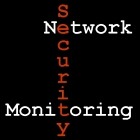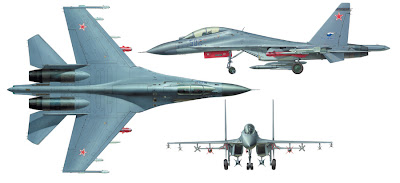Best Book Bejtlich Read in 2008

If I read and reviewed a book you wrote in 2008, this was one of the better years to win my Best Book Bejtlich Read award. I only read and reviewed 20 books this year, compared to 17 in 2000, 42 in 2001, 24 in 2002, 33 in 2003, 33 in 2004, 26 in 2005, 52 in 2006, and 25 in 2007.
My 2007 and 2006 winners are posted too. Although I've been reviewing books seriously since 2000 and blogging since 2003, I only started listing my favorite books in 2006.
I did not spend enough time "hanging in the sky" (to quote John Denver) reading a book, and too much of my day job spilled into my evening reading hours. I prefer to avoid long-haul air travel, so I don't expect to read more on planes in 2009. Regarding work-life balance, I have more help at work for detection and response duties. We'll see how 2009 fares with respect to reading overall.
My ratings for 2008 can be summarized as follows:
5 stars: 7 books
4 stars: 8 books
3 stars: 4 books
2 s...





















